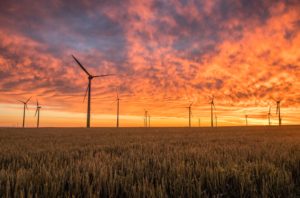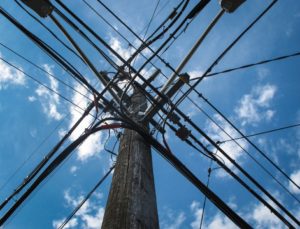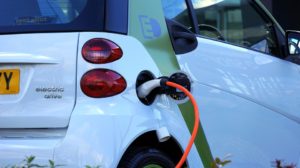It’s never a bad time to arm yourself against the revolving door of fraud and scams that affect the utility space. With Wednesday, November 20th being Utility Scam Awareness Day, we thought it necessary to add to the growing body of knowledge on the many variants of utility fraudulence out there.
Here is a general outline of a few of the most common utility scams today:
- Phone calls that target businesses and senior citizens claiming that a bill is overdue, and because of the tardy payment, electricity will be disconnected pending immediate payment. Most, if not all, retail electric providers will not demand aggressive or immediate payments but will instead provide grace periods and standard payment notices.
- Scammers can often claim that you actually paid more than was due. They will dishonestly ask for your credit card information to “correct” an overpayment. If there is any clerical, accounting, or mental hiccup on the retail provider’s side, know that they have your credit card information securely in their system already. Ask yourself: Why do they need my information if they already have it in their system? Definitely not normal.
- The boldest con artists will pose as a worker from your utility doing a routine check on your meter or some other equipment. Any REP worth their salt will let you know beforehand or will get a schedule confirmation with you before they swing back and ask for something from you. Long story short, if a utility worker asks to come into your house or for payment without a scheduled appointment, contact your REP, and or, contact the authorities.
This is just a small selection of what you should keep your eyes peeled for. This list of common utility scams is a great, succinct resource for learning more.
Education is Key for all Customers
Texas is great because of the competitive electricity markets. There are a wide variety of providers to choose from, but accompanying that there is also a large opportunity of potential scam artists to do their worst. Some of the scams are pretty sophisticated. And like a virus you can’t seem to shake every season, the scams change forms – they are always adapting.
This is why days like the Utility Scam Awareness Day are important because even the most astute navigator of the digital world can be taken off guard.
Local utilities in Texas are teaming up to raise awareness and remind their customers to know the rules their retail electric providers follow, so that any anomaly will instantly raise red flags.
So, if you are wanting to learn more, be sure to study up and keep quizzing yourself on normal payment behavior and practices between customer and provider. Trust is key, as well as integrity, and the best providers should be available and ready to clear up any suspicious activity you might be victim to.
If anything does not seem right, be sure to contact your provider right away and verify any discrepancies. Secondly, be sure to keep abreast of the latest scams and continue to safeguard yourself online. Lastly, teach what you learn to others. Passing it on can help others stay more vigilant.
 According to the
According to the So far in 2018, 45% of the electricity generated in Texas came from the burning of natural gas. That is an increase of market share from the previous year, where natural gas accounted for 38% of the
So far in 2018, 45% of the electricity generated in Texas came from the burning of natural gas. That is an increase of market share from the previous year, where natural gas accounted for 38% of the  After a three-year hiatus, the Texas program that gives away $2,500 rebates for electric vehicles, plug-in hybrids and fuel cell cars is back in business. Buyers of compressed natural gas and liquified petroleum gas vehicles could receive up to $5,000.
After a three-year hiatus, the Texas program that gives away $2,500 rebates for electric vehicles, plug-in hybrids and fuel cell cars is back in business. Buyers of compressed natural gas and liquified petroleum gas vehicles could receive up to $5,000. Austin has recently surpassed Dallas and Houston as the Texas city with the most electric vehicles, and it is working hard to make sure it keeps that badge of honor.
Austin has recently surpassed Dallas and Houston as the Texas city with the most electric vehicles, and it is working hard to make sure it keeps that badge of honor.